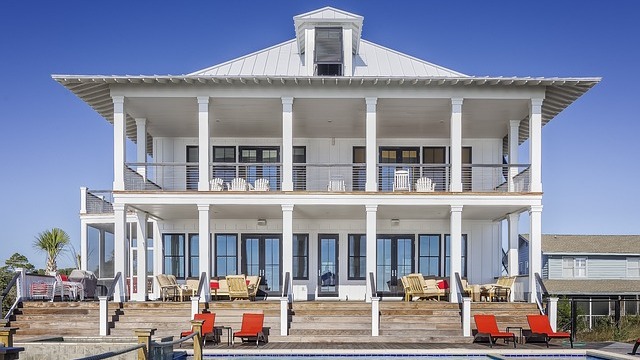
Branded Residences: An Emerging Trend in Luxury Travel
As the world evolves, so too do the offerings in luxury travel. A recent report from Graham Associates reveals that the number of branded residences globally is expected to exceed 1,600 by 2030. This significant growth signals not only the rising demand for luxurious, exclusive living spaces but also highlights the changing expectations of affluent travelers seeking connected and branded experiences.
The Appeal of Branded Residences
Branded residences, which typically merge the comfort of upscale living spaces with the prestige of renowned hotel brands, are catering to an audience that values distinctive experiences. In a marketplace that now boasts more than 115,000 branded units across 750 completed projects, the trend is portraying a clear narrative of affluence and indulgence. With hotel brands covering approximately 80% of the market, luxurious living has become synonymous with well-recognized names.
Luxury Brands Leading the Way
According to the report, Marriott leads the charge as the largest operator of branded residences. This illustrates how major hotel groups are diversifying their portfolios, recognizing the lucrative market of upscale living synonymous with their established luxury identities. Brands like YOO are pioneering the non-hospitality sector of this trend, indicating a diversification in the types of residential experiences being offered.
Global Hotspots: Where to Find Branded Residences
Desire for luxury living has steadily increased in cities synonymous with wealth and culture. Dubai has emerged as the leading city for branded residences, followed closely by Miami, New York City, and London. This preference speaks volumes about the aspirations of affluent travelers, who are increasingly seeking not just hotels, but comprehensive luxury experiences in their residential choices.
Future Predictions: The Scope for Growth
Chris Graham, the report's author, envisions a landscape where branded residences will continue to proliferate, encompassing more upscale options, midscale offerings, and standalone properties. As he predicts, "More brands, more sectors, more locations" are on the horizon, reinforcing a forward-thinking approach to luxury accommodations that challenge the status quo.
The Emotional Connection Behind Luxury Living
The decision to invest in luxury residences is deeply emotional—a reflection of identity, aspirations, and a lifestyle choice that represents success. For many affluent travelers, luxury is no longer just about opulence; it’s about creating an experience that resonates on a personal level, connecting them to the local culture, and enhancing their quality of life.
Branded Residences vs. Traditional Hotels: A New Era of Accommodations
This growth of branded residences indicates a transformative shift in how luxury accommodations are perceived. Unlike traditional hotels—which operate more on a transient basis—branded residences offer a sense of permanence and community, appealing to affluent travelers looking for stability in their luxury experience.
Conclusion: The Future of Exclusive Living Spaces
As the luxury travel industry continues to adapt to changing consumer needs and behaviors, the rise of branded residences reflects a broader trend where travelers are seeking more than just a luxurious room for the night. The call for exclusive travel accommodations, personalized services, and culturally immersive experiences is shaping a new landscape for the affluent traveler. Whether through a private luxury accommodation or a luxury spa retreat, one thing is certain: the demand for branded residences is here to stay.
To stay on top of the latest trends and insights in luxury travel and ensure you have access to the finest accommodations, consider exploring additional resources and travel guides that cater specifically to affluent travelers, or contact us here for more information.
 Add Row
Add Row  Add
Add 




Write A Comment